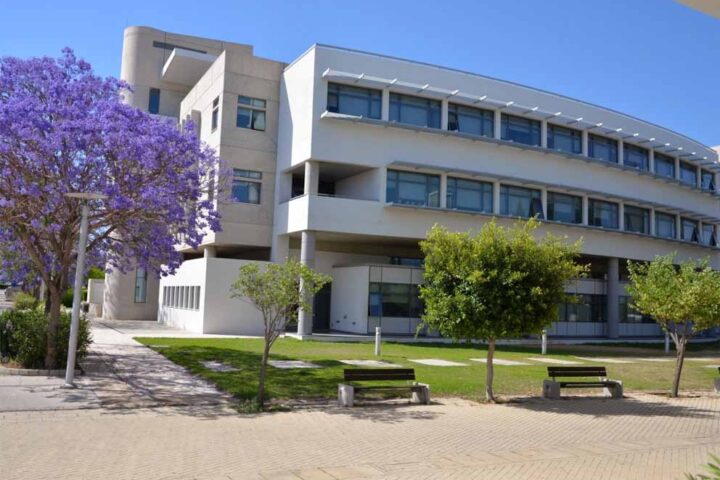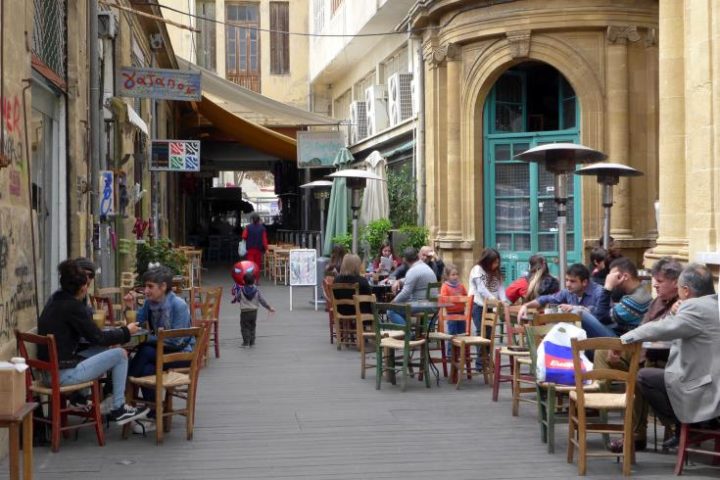**Arrivals mark 8th month of decline in June **
For those declaring that tourism will save Cyprus, it is time to think again.
Arrivals of tourists marked their eighth consecutive month of decline in June, falling by 6.8% compared with June 2012 to 308,219.
Among the largest markets the biggest fall came from Greece (down 32%), Germany (down 13%) and the UK (down 10.7%).
The 20.6% increase in arrivals from Russia was not large enough to make up for these declines.
The cumulative decline for all tourists in the first half of the year is 7%. Unless there is a sudden surge in July and August, this will probably be around the drop recorded for the whole year.
Over in another important sector for the economy, retail sales fell by a preliminary 12.1% in April and 15.4% in March.
Yet according to media reports, the government expects that real GDP will not decline by 8.7% as forecast by the troika, but by somewhere between 5% and 7.5%.
Since consumer spending accounts for two-thirds of GDP, it makes one wonder where the less than expected decline is going to come from.
It suggests that something else, accounting for a much smaller portion of GDP, must be growing fast or at least barely declining.
On an expenditure basis, this would be either government consumption (unlikely since the government is slashing spending), investment (only if gas investment is making up for the mass decline in construction), or exports of goods and services (of which tourism, financial and professional services are the biggest portion, so again that is unlikely).
So the only candidate is imports. Broadly speaking, as long as your imports fall faster than your exports, declining imports have positive impact on the GDP growth figure.
That positive impact in the first quarter, as you can see from Table 1, was 6.7%.
One a sector by sector basis the candidates are also few.
Financial services are in the strangehold of capital controls, professional services are only just holding into their customers but certainly not growing, public services are subject to expenditure cuts and construction is in a dark hole from which it will take years to recover.
You can see from Table 2 how everyone was already struggling in Q1.
Subscribers to my monthly report will know the explanation behind the apparent growth in real estate.
That really only leaves stockbuilding. Like the collapse of imports, stockbuilding, which tends to happen at the beginning of a recession, has a positive impact on real GDP growth.
But with letters of credit hard to come by and imports collapsing, I doubt anyone is building up stocks at this time.
This brings us back to gas. Maybe in a small, declining economy the millions of dollars spent daily on drilling an appraisal well will boost the investment figure (see that investment suddenly grew in Q1) and therefore act as a brake on GDP decline.
But for the time being, this is all speculation. We won’t know the real answer until the full Q2 figures are published in September.
Fiona Mullen, Director Sapienta Economics Ltd. www.sapientaeconomics.com
TABLES
Table 1: Real GDP growth by expenditure, seasonally adjusted
% change over the same period of the previous year
2012 Q1 2012 Q2 2012 Q3 2012 Q4 2013 Q1
Household consumption -0.3 -2.7 -3.9 -5.2 -4.5
Non-profit institutions serving households -1.0 -0.3 -0.8 -1.0 -2.2
General government consumption 2.2 -0.4 -4.4 -3.7 -26.3
Gross fixed capital formation -20.0 -103.0 -20.3 -26.1 4.4
Inventories (contribution to growth) -3.5 -0.6 0.4 0.2 -3.5
Total domestic demand -6.5 -6.7 -6.1 -7.9 -10.8
Exports of goods and services 1.5 2.9 3.2 1.8 1.7
Imports of goods and services -9.3 -6.3 -5.3 -7.9 -12.4
Foreign balance (contribution to growth) 5.5 4.5 4.1 4.6 6.7
GDP -1.5 -2.5 -2.3 -3.5 -4.3
% change over previous quarter -0.5 -1.0 -0.7 -1.3 -1.4
Sources: Cystat (raw data); Sapienta Economics (% changes).
Table 2: Real GDP growth by sector, seasonally adjusted
% change over the same period of the previous year
2012 Q1 2012 Q2 2012 Q3 2012 Q4 2013 Q1
Agriculture, hunting, forestry + fishing -3.7 -4.1 -0.1 -1.6 3.2
Industry excl. construction -6.8 -7.2 -4.4 -8.1 -8.8
of which: manufacturing -6.7 -6.9 -6.8 -7.0 -5.6
Construction -17.5 -22.1 -17.9 -20.8 -20.9
W/sale + retail trade, hotels + rest's, transport + comms. -1.9 -2.3 -2.5 -3.5 -6.1
Information and communication 3.2 0.6 -0.2 -7.2 -0.6
Financial + insurance activities 2.8 1.9 0.5 0.1 -1.1
Real estate inc. imputed rent 2.4 1.8 1.6 1.7 1.4
Professional, scientific, technical + support services 5.1 4.3 2.9 0.9 -0.6
Public services inc. defence, educ'n, health + social 0.7 0.3 0.0 -0.4 -0.6
Other services 0.2 -2.0 -5.1 -6.3 -7.9
Gross value added -1.5 -2.5 -2.2 -3.6 -4.1
Import duties + VAT -1.1 -2.9 -3.1 -2.5 -5.7
GDP -1.5 -2.5 -2.3 -3.5 -4.3
% change over previous quarter -0.5 -1.0 -0.7 -1.3 -1.4
Sources: Cystat (raw data); Sapienta Economics (% changes).







